There are a variety of entrance exams for architecture after 12th. These exams are NATA, JEE Main, KIITEE, and many more. Students must also meet all the required eligibility criteria in order to get admission.
Table of Contents
A career in architecture is a constant process of personal development and learning. It's beginning to pick up the pace as more and more students are opting for the career. The entrance exam for architecture is held annually for students who wish to take up admissions for different undergraduate courses in architecture.
Students interested in pursuing an architecture degree can appear for the NATA, JEE Main, KIITEE, and many more such entrance exams. Candidates must clear the cut off of the respective exams in order to get admission. They will also only be invited to the counselling process if they clear the cut off.
Also Read: Complete guide on Courses after 12th
Entrance Exam for Architecture After 12th
There are two standard options for students who want to take admission in B.Arch.
- NATA
- JEE Main Paper 2
Both NATA and JEE Main Paper 2 are conducted in order to obtain admissions into BArch courses. Students can choose to go for either NATA or JEE Main Paper 2 at the college of their choice.
NATA is conducted by the Council of Architecture (CoA) whereas JEE Main Paper 2 is conducted by the National Testing Agency (NTA). The former is accessible in that the scores you obtain from it are valid for all other colleges other than IITS, NITS, and GFTIS. The latter opens doors to the likes of premier institutional bodies offering BArch courses, such as NIT and GFTIS.
Here are some of the entrance exams that aspirants can take after class 12:
NATA
The National Aptitude Test in Architecture (NATA) is a national-level undergraduate exam organised by the Council of Architecture (CoA) with the purpose of giving you admission to 5-year BArch programs. The test measures drawing and observation skills, sense of proportion, aesthetic sensitivity, and critical thinking ability in terms of architectural constraints.
NATA is usually conducted in 2 phases: The first phase is usually held sometime in April, while the second phase is conducted sometime in July. Additionally, the test is conducted in all major cities via computers as well as pen-and-paper, thus making it both a CBT and a PBT.
Here's the eligibility criteria for NATA:
- Complete SSLC & 12th securing an aggregate of 50% marks.
- Complete a Diploma securing a minimum of 50% marks.
- Ensure you have Mathematics as your core subject in Class 12.
Read More: NATA
JEE Main Paper 2
The Joint Entrance Examination Main (JEE Main) is a national-level entrance examination conducted by the National Testing Agency (NTA) for admissions into either engineering or architecture courses, such as BE/BTech or BArc/BPlanning, respectively. The Paper 2 component of JEE Main is what needs to be written in order to obtain admission into the best architecture colleges.
Doing the exam well enough can net admission to the best of NITs, IIITs & CFTIs, SFIs, and other state-level or national-level architecture colleges. The JEE Main exam is conducted twice a year: In the months of January and April. Paper I covers technical subjects such as Physics, Chemistry and Mathematics.
Read More: JEE Main
JEE Advanced AAT
AAT is an architecture entrance exam written to get admission into IITs. The BArch courses provided by them are five-year undergraduate courses. The AAT exam can only be taken by candidates who passed JEE Advanced (which is another national-level entrance exam, and an advanced version of JEE Main). The AAT exam is usually held for a total of 3 hours and consists of only one paper. The following topics must be covered:
- Freehand Drawing
- Geometrical Drawing
- 3D Perception
- Imagination & Aesthetic Sensitivity
- Architectural Awareness.
Read More: JEE Advanced
KIITEE
Kalinga Institute of Industrial Technology Entrance Examination (KIITEE) is a national-level entrance exam conducted by the Kalinga Institute of Industrial Technology. The conduction of the exam is meant to offer students admission into various undergraduate & postgraduate engineering and law courses. Since it's an online-only exam, KIITEE is a Computer-Based Test. It's especially recommended that candidates write the exam if they're a BArch candidate with proof of passing NATA since the exam was created particularly with them in mind.
Students who rank high enough to make the cutoff score/rank will be eligible for counselling. For various courses, the cutoff is released every academic year by the KIIT. Keep in mind that they vary based on the seats available for the next academic year.
Read More: KIITEE
AMUEEE
Aligarh Muslim University Engineering Entrance Exam (AMUEEE) is another exam provided by an institution as means to apply for BArch programmes in other universities. Students are required to pass one of the following:
- Your Classes 10+2 with at least 50% marks from this University or its equivalent from either Central or State Board of Examinations, with English, Physics, Chemistry, and Mathematics as your core subjects.
- Your Diploma in Engineering with a minimum of 50% marks from this University.
This 3-hour exam consists of 150 objective-type questions, each of which carries 1 mark. Students who want to opt for a BArch course have to appear for both the papers. Although Paper 1 is the same between BTech and BArch candidates, Paper 2 is architecture-oriented thanks to the aptitude test in it.
Read More: AMUEEE
HITSEEE
Hindustan Institute of Technology and Science Engineering Entrance Exam (HITSEE) is an entrance exam conducted by the Hindustan College of Engineering, which was founded in 1985 by KCG Verghese, under the supervision of Anna University.
Once the college received its Deemed status in 2008 from the University Grants Commission, they were able to use its status to build courses and design its own exams. The B.Tech course offered by the University consists of 4-to-5-year BE and BArch courses. HITSEEE consists of 120 PCM-based questions that can run for a total of 2 hours.
A single criterion to be met is that only Indian citizens with permanent residence within the country can take up the exam. Course-wise, the eligibility criteria may differ, which is why it's better to consult with the faculty members about it. However, the general education criteria are rather basic: You must have cleared Class 12 with a minimum of 50% marks in Physics, Chemistry, and Mathematics.
Read More: HITSEE
Other Popular Architecture Entrance Exams in India
What is Architecture?
Are you design-oriented in general? Do words such as 'design', 'construction', 'inventor', and 'creative ideas' ring true to your workflow? Then you might be knocking on a special door.
According to Marcus Vitruvius — a late 1st century BC Roman architect and historian — architecture provides:
- Firmness: It possesses structural integrity and durability;
- Commodity: It has a purpose to serve society;
- Delight: It can lift spirits and stimulate the senses.
Architecture is the study and design of constructions and buildings. It's deeply analytical and technical in that you must know everything there is to know about safety measures, blueprinting, and other aspects of creating urban structures based on a certain purpose of the structure itself.
Benefits of being an Architect
Being an architect holds several benefits. Primarily, your goal would be to build structures from concept to complete construction. This means that architect would be overlooking almost every aspect of how the building or structure would be created. It's a semi-managerial position that pays extremely well.
It's a rewarding job not only in terms of monetary aspects but also in terms of societal aspects. As an architect, they bear the burden of conceptualising safe and secure structures for people to live within. There are a lot of expectations to meet, but simultaneously, you'll grow to understand the intricacies behind the designs and the compromise between function and aesthetics.
As a primary designer of a structure's project, you will be given the opportunity to travel frequently. For anyone who isn't comfortable with a desk job, architecture is a great career to take up. Although these would be business trips, you'd still have ample time to use for other recreational activities, especially when you're traversing across lands you've not visited.
Skills for Architect
In order to reap the benefits we've talked about, you'll first need to analyse your own skillset and see if you are actually fit for an architect's position. The job may sound exciting, but we didn't discount the hardships that come along with the benefits. With that said, the skills involved would be rigorous and analytical in nature. Here are some of them:
Math and Physics
Strong mathematics and physics skills will help you understand how and why specific designs and ideas may or may not work before they're built. Your calculations could either make or break a project since architecture is heavily rooted in this particular skill set. So, train yourself in topics such as algebra, engineering, geometry, and physics.
Design Skills
Design skills are fundamental, and anything you build must look elegant as well. Since design itself is a subject not taught in school, it's pertinent that you find resources to turn to. There are many design books and courses available online as well as offline that are worth looking into. Design isn't only about aesthetics; they aim to solve a problem the user has. As an architect, that should be your main concern at all times.
Analytical and Problem Solving Skills
It is incredibly desirable not to leave anything unsolved. Have an analytical mind questioning everything that is required to be a success. This point correlates to design due to the nature of design itself; it's a means to solve a problem. To solve it, you need to comprehend the problem deeply and see why some answers work, and some don't. This is not possible if you are neither introspective nor analytical. In fact, if problem-solving isn't an activity you particularly are fond of, then a career as an architect may not be for you.
Collaborative Skills
Architects need to work with many other people, like engineers, construction workers, managers, investors, and whoever else is involved in complex construction projects. Additionally, managerial skills are expected of architects, so it's essential to know how to not only be part of a team but also how to lead one whenever necessary.
Communicative Skills
This point correlates to the point about collaboration. Since you will be working with various types of people, who have different personalities, come from different backgrounds, and have different viewpoints, you are required to be efficient with communication. Explaining your ideas is only the tip of the iceberg.
It's necessary to support your ideas, your vision, blueprints, etc with compelling logic, proof of its workings, the monetisation aspects and any possible alternatives to them. If you can help your team, as well as your higher-ups, understand the best choices, express all aspects of your design clearly, and bring the necessities of your design to fruition, then you will have conquered the iceberg itself.
Architect Salary in India
The salary for architects ranges from INR 1 Lakh to INR 1.5 Lakhs per annum. This increases gradually with experience. An architect with years of experience can get up to INR 5 Lakhs per annum in the current market. Of course, the salaries vary widely; private sector companies provide a higher salary than public sector companies. Even so, it depends on multiple factors:
- The role type for architects that you've taken up.
- The sector under which you're working.
- The experience you have with the career.
Let's take a look at what roles one take up, and what sort of employers can be working under.
Architect Roles and Companies in India
As mentioned earlier, your earnings as an architect depend entirely on your experience, roles, and employers. With that said, let's first take a look at the roles you can take up as an architect.
| Architect Roles | |
|---|---|
| Architectural and Engineering Managers | Drafters |
| Civil Engineers | Industrial Designers |
| Construction and Building Inspectors | Interior Designers |
| Construction Managers | Landscape Architects |
Next up, we have employers that you can look up to for opportunities. The following table contains the names of the largest public as well as private-sector employers in India that are on a constant lookout for architects.
| Indian Public Sector Employers | Indian Private Sector Employers |
|---|---|
| Public Works Department | DLF |
| The Archaeological Department | Sahara |
| Post and Telegraphs | Eros Group |
| National Building Organisation | Gammon India |
| National Institute of Urban Affairs | L & T |
| National Building Construction Corporation Ltd | Aeons Construction |
Bachelor of Architecture Eligibility
The first phase you must finish after the 12th is to complete a Bachelor of Architecture (B.Arch). Right after that is to finish a Master of Architecture (M.Arch), which is your second phase. If you're not sure how you can be eligible for these programmes, the following list of criteria should give you an idea.
- You must have passed your 10+2 examinations or equivalent with Mathematics as one of the core subjects.
- Any one of the following:
- You must have secured a minimum of 50% marks (45% marks for reserved category candidates) in your 10+2 examinations.
- You must have passed a 10+3 Diploma (any stream) that is recognised by the Central/State Governments with 50% aggregate marks.
- You must have finished your International Bachelor's Diploma, after ten years of schooling, with not less than 50% aggregate marks, with Mathematics as one of your core subjects.
Be sure to meet all the requirements stated. Otherwise, candidates will not get admission as an architect student.



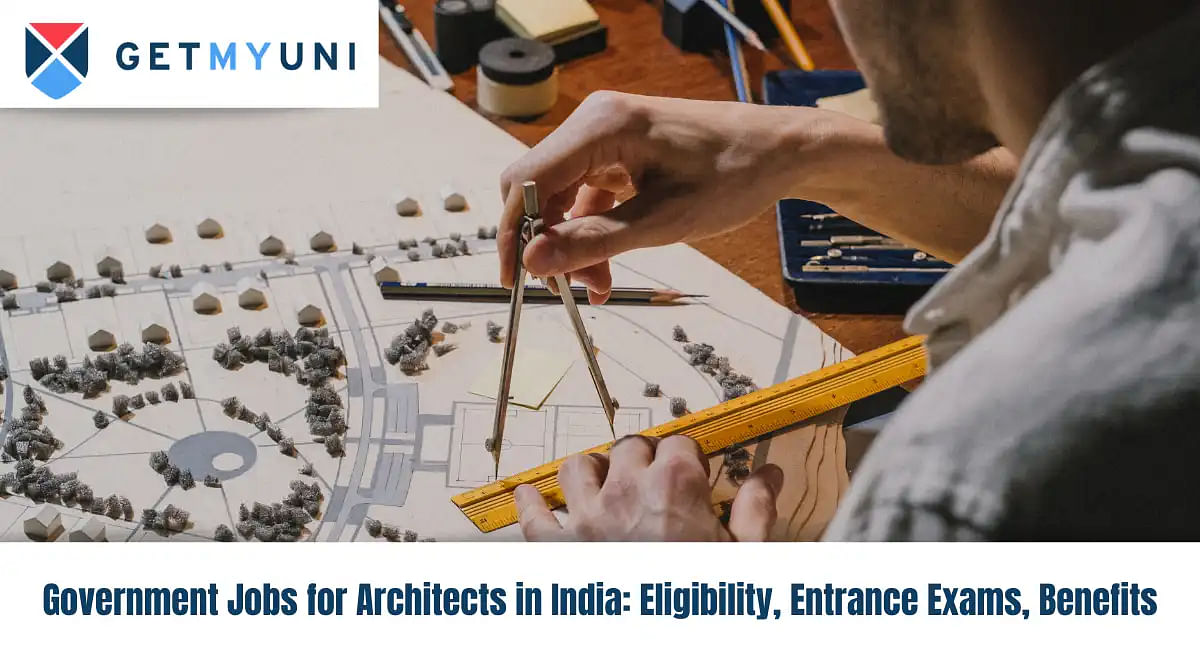


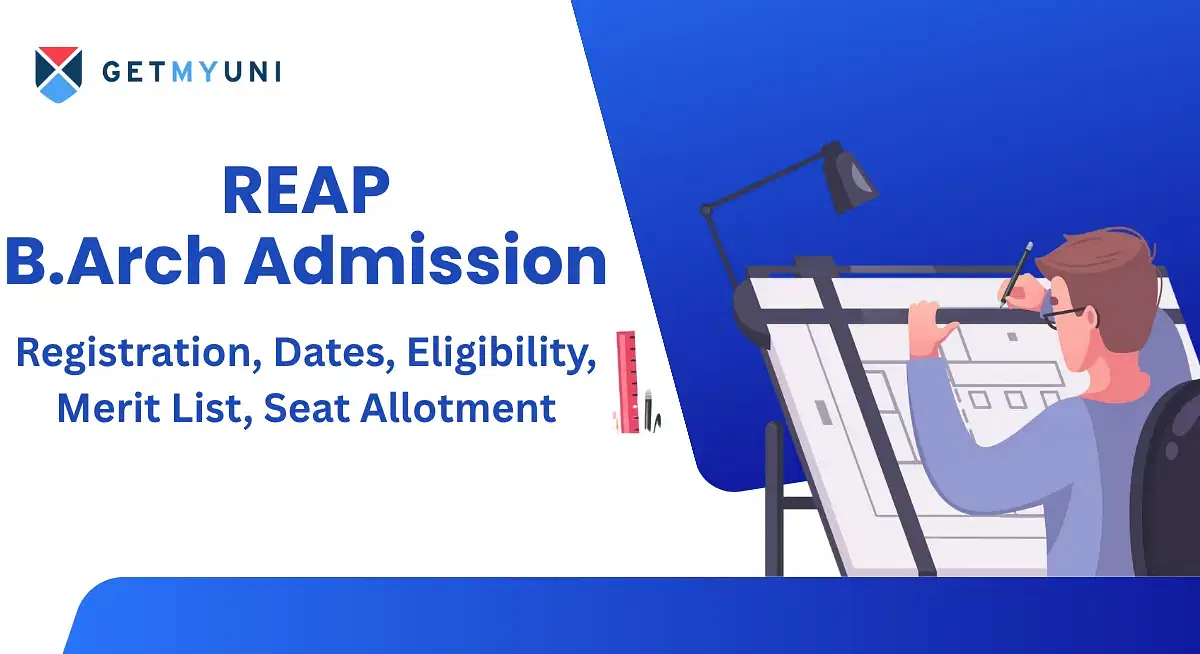

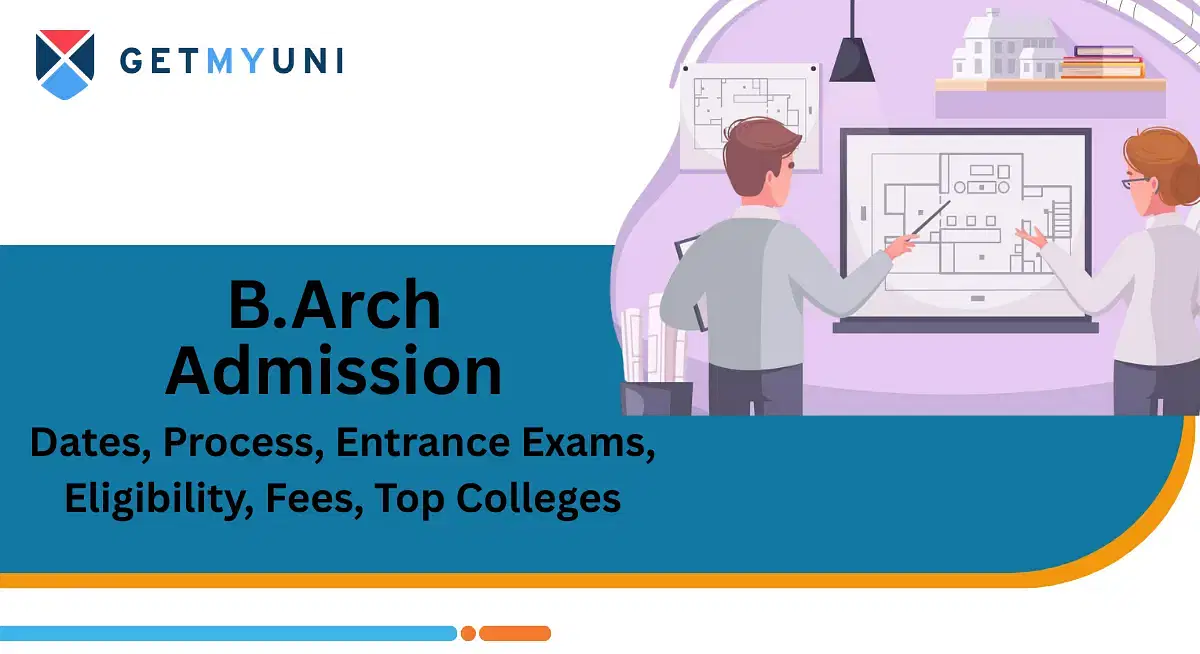



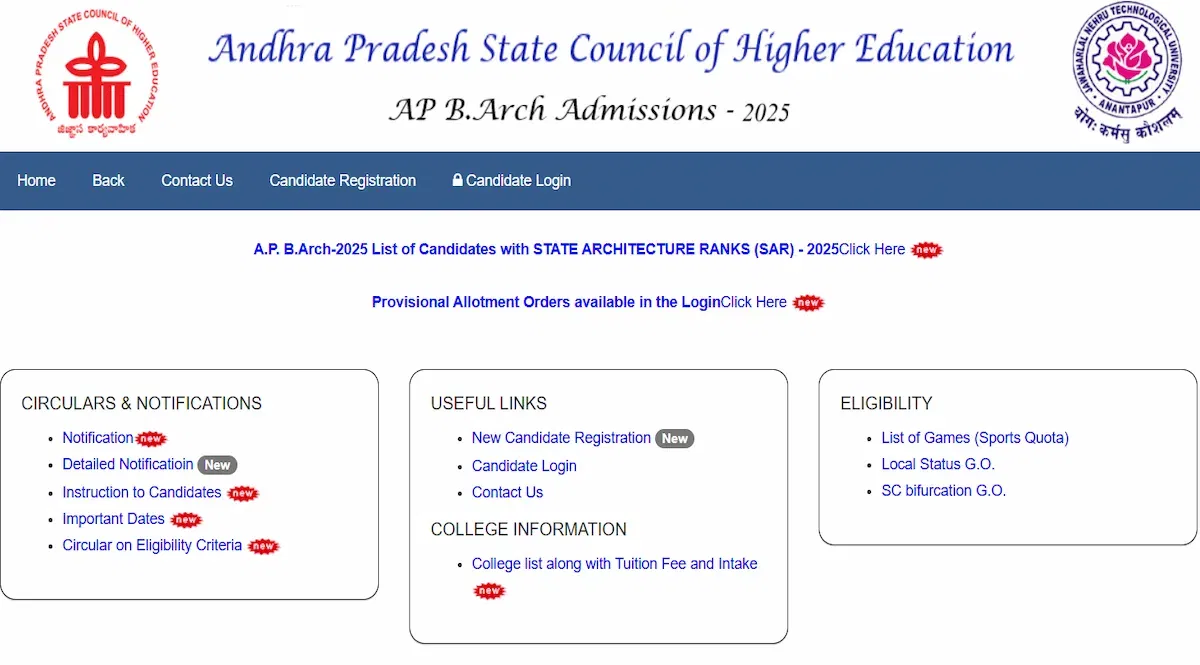

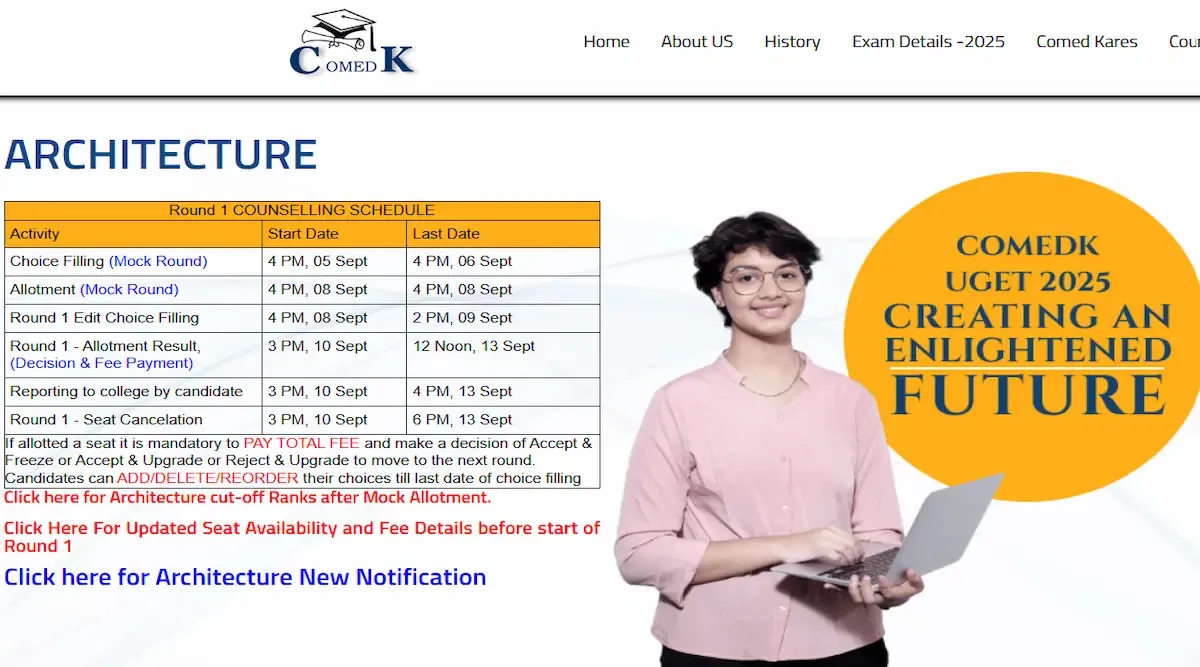
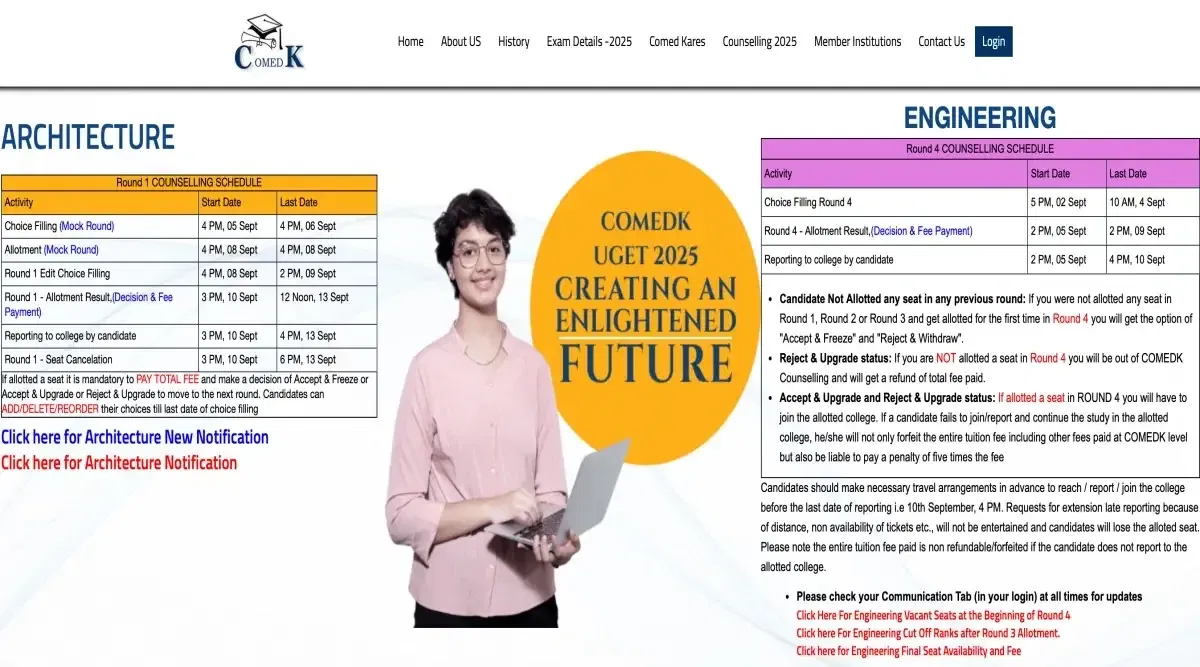
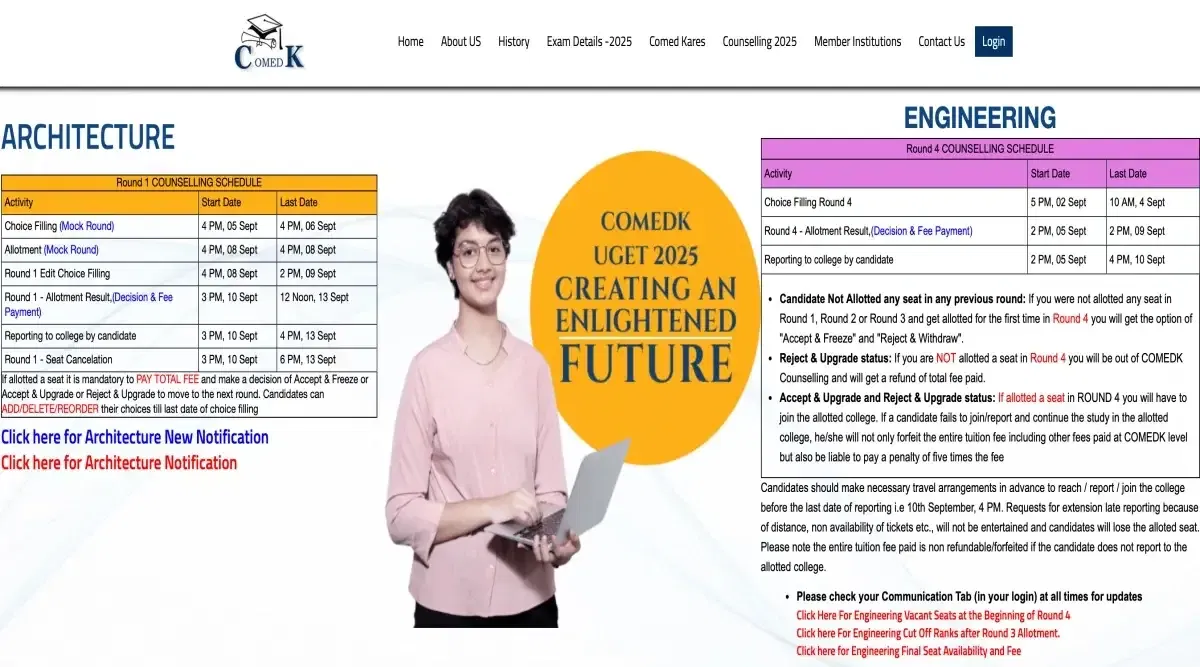



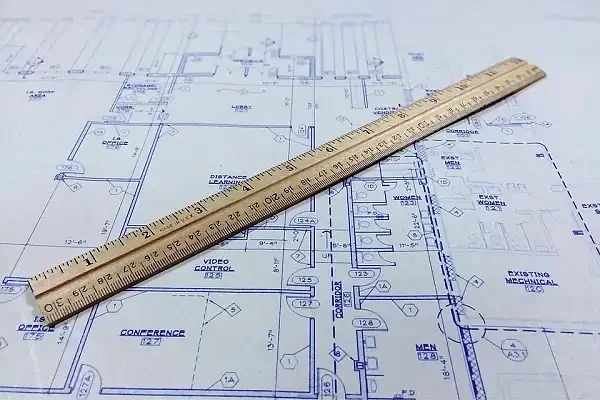


POST YOUR COMMENT